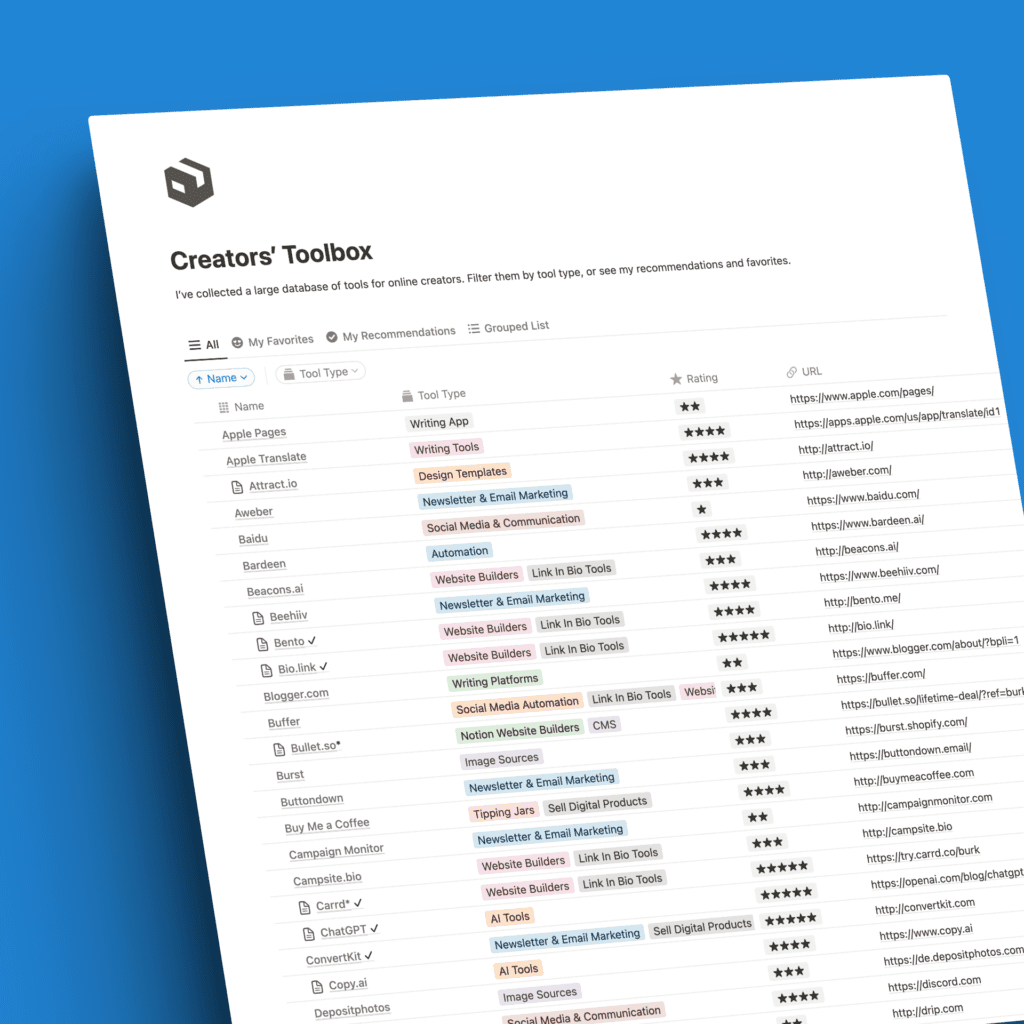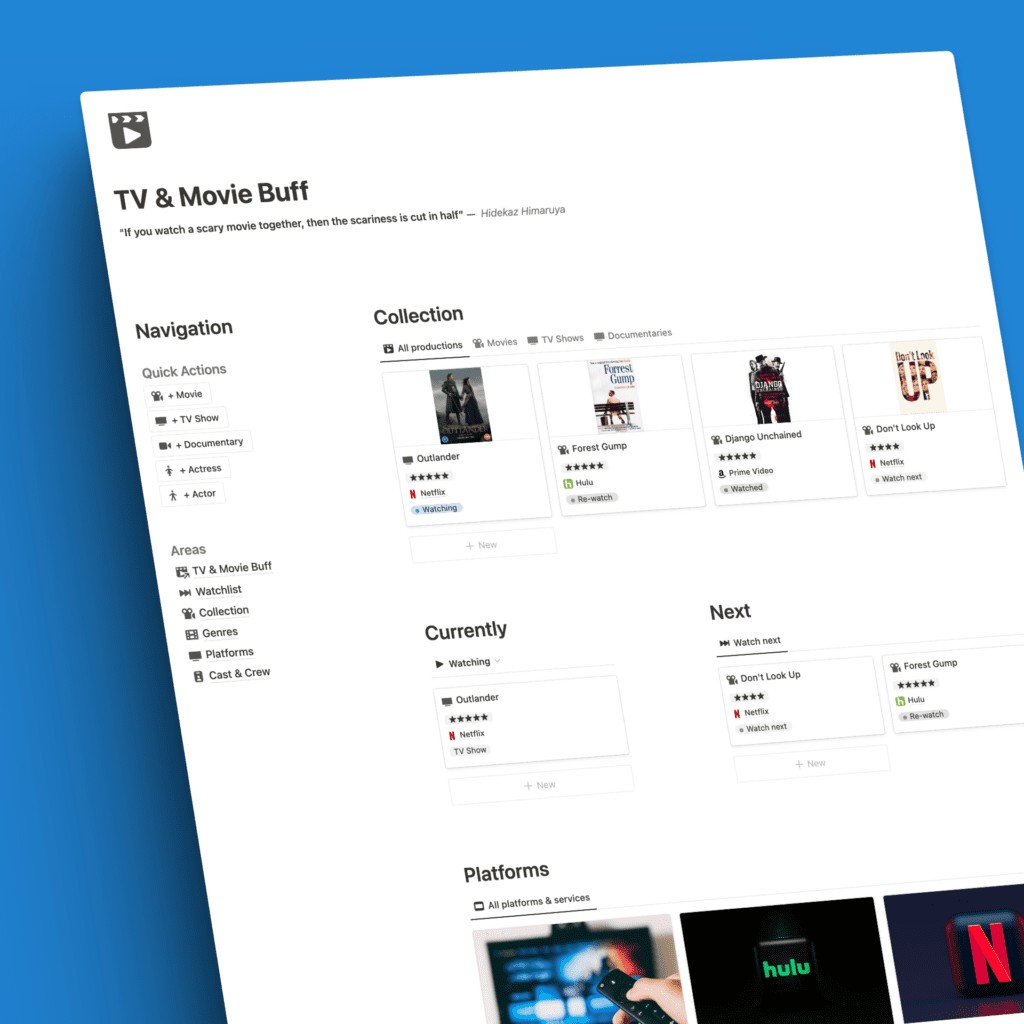Selling digital products online has never been easier thanks to e-commerce platforms like Payhip* and Gumroad*.
These services allow creators to quickly set up online stores, upload products, and start selling.
But which one is better for your specific needs?
My comparison of Payhip and Gumroad will help you decide today!
Overview of Payhip and Gumroad
Payhip* is an e-commerce service that provides an all-in-one platform for selling digital products like ebooks, online courses, music, podcasts, and software. It offers a simplified checkout process that can be embedded on your website or social media. Payhip handles VAT calculations, payments, and digital delivery.
Gumroad* also enables creators to sell digital products directly from their own websites. It focuses specifically on digital goods like PDFs and photos. Gumroad handles hosting, delivery, and payment processing.
Both platforms aim to make selling quick and easy for bloggers, authors, musicians, and other entrepreneurs. They eliminate the need for coding a custom store by providing ready-made solutions.
Key Features Compared
Here’s an overview of some of the core features offered by Payhip and Gumroad:
Products
- Payhip supports digital and physical products including files, services, subscriptions, and memberships.
- Gumroad focuses on digital products like e-books, photos, music, and software, but also offers memberships and newsletters
Customization
- Payhip offers more customization options for store design, pages, and checkout. You can design an entire website with the Page builder, including a blog
- Gumroad has minimal design flexibility, with some color and font options. It does offer simple blog functionality as well.
Marketing Tools
- Payhip provides coupons, affiliate programs, and more promotional options.
- Gumroad offers an affiliate program and “Discover” feature to showcase products.
Fees
- Payhip charges 5% transaction fees on free plan, 2% on Plus plan for $29/month, 0% on Pro plan for $99/month.
- Gumroad charges 10% transaction fee across the board
- both excluding payment processing fees
Email Marketing
- Payhip has very basic email capabilities.
- Gumroad includes posts, scheduling, and automated email workflows.
Reporting
- Both platforms provide sales and customer data.
- Gumroad offers additional metrics on product page views.
Payment Options
- Payhip and Gumroad integrate with Stripe and PayPal.
- Gumroad also supports credit cards directly.
Ease of Use
When it comes to user-friendliness, both Payhip and Gumroad aim to make the selling process as simple as possible.
Payhip is designed to be intuitive even for beginners. The dashboard guides sellers step-by-step through uploading products, configuring settings like price and images, and managing orders and downloads. The customer checkout is optimized for quick purchases on desktop and mobile.
Gumroad is similarly easy to use with a straightforward product setup flow. Creators can get their store up and running in just minutes. For customers, purchasing digital goods takes just a click.
Overall, Payhip offers a more polished and feature-rich user experience, while Gumroad prioritizes an incredibly simple process even if it means sacrificing some functionality.
Gumroad does bring big updates to the platform all the time, though.
Customization Options
One major difference between Payhip and Gumroad lies in customization capabilities.
The Payhip platform allows sellers much more design flexibility. Storefronts can be customized with different themes, layouts, colors, and pages. You can seamlessly match Payhip’s checkout and payment process to your existing website’s look and feel.
Gumroad takes a minimalist approach when it comes to customization. Product pages have a very basic design that can only be altered slightly. There are few options for tailoring the checkout pop-up to match a site’s branding.
If creating a stylized, polished online store is a priority, Payhip is the better choice. Gumroad works best for sellers who want a no frills selling experience.
Selling Physical Products
For creators with physical products like merch, crafts, or books, Payhip has a clear advantage.
Payhip supports both digital and physical products. You can upload digital files for immediate delivery as well as ship tangible items. Helpful features include inventory tracking, shipping rates, order management, and calculating sales tax.
Gumroad focuses exclusively on digital products. It does not currently have capabilities for shipping physical goods. Sellers can only offer files for direct download.
If you want to sell physical and digital items from the same platform, Payhip is the better fit. Gumroad requires a separate solution for physical fulfillment.
Email Marketing Capabilities
Email marketing helps businesses promote products, engage customers, and drive repeat sales. Here’s how the platforms compare when it comes to email:
Gumroad comes out ahead for automated email functionality. Simple workflows can send customized purchase confirmations, links to downloads, and follow-up messages. Customer data also enables targeted email campaigns.
Payhip has limited email capabilities. Messages can be sent to buyers manually but lack automation and segmentation. Most sellers would need an external email service provider (which you can directly integrate with Payhip in the settings).
For creators who want built-in tools to communicate with customers after purchase, Gumroad has the edge.
Payhip sellers may need to invest in a separate email marketing platform like ConvertKit*, MailerLite*, EmailOctopus*, or Beehiiv.
Payment and Transaction Fees
Transaction fees and payment processing costs can significantly impact profit margins. Here is the fee structure of each platform:
Payhip offers:
- 5% transaction fee on the free plan
- 2% transaction fee on Plus plan ($29/month)
- 0% transaction fee on Pro plan ($99/month)
- Payment processing fees
Gumroad charges:
- 10% transaction fee
- Payment processing fees
Payhip generally offers more competitive rates, especially for high volume sellers.
Gumroad’s set 10% transaction fee plus processing costs can be steep.
However, Payhip’s free plan has the highest rates. The Pro plan is best for established businesses making significant sales.
Other Platform Options
Payhip* and Gumroad* are just two of many platforms available for selling digital products online. Here are a few other major competitors worth considering:
LemonSqueezy
LemonSqueezy offers a simplified checkout similar to Gumroad and Payhip. It charges 5% + 50c per sale + payment fees.
It’s a good alternative with some customization options, an affiliate program, and more. It is a newer service and a smaller business, however.
SendOwl
SendOwl provides email marketing automation, drip content delivery, and flexible payment options. Pricing starts at $9/month plus 5% fee per transaction, and then goes up with to plans for $15 and $39 per month + 33 cents or 17 cents per transaction respectively.
It integrates with popular CMS platforms.
Overall, SendOwl is a well-rounded platform that is worth a look if Gumroad and Payhip don’t offer what you need.
WooCommerce
WooCommerce is a WordPress plugin that allows users to build an online store directly on their WordPress site.
This is a great option for tech-savvy WordPress users.
As an open-source, self-hosted solution, it offers endless customization possibilities but requires more tech skills to set up.
Verdict
These alternatives have their own pros and cons for selling digital goods. Carefully evaluate all the options to find the best fit based on your business needs, technical abilities, and budget.
Gumroad and Payhip are both strong solutions, but not the only choices available in the market.
Final Verdict
For Simplicity: Gumroad
Gumroad is ideal for beginners looking to quickly get started selling digital products online. It shines when it comes to ease of use and minimal setup. The automated email capabilities also help small businesses boost customer experience.
For Customization: Payhip
Payhip is better suited for creators wanting more design control or needing to sell physical/digital items. It provides much more flexibility for customizing storefronts. Lower transaction fees are also a plus.
For Advanced Features
Gumroad* edges out Payhip* when it comes to sophisticated functionality like email marketing, analytics, and promotional tools.
Seasoned sellers with high volume may find Payhip better scales.
The Bottom Line
In summary, Gumroad simplifies digital selling, while Payhip offers a more well-rounded design solution.
Assess your unique needs and priorities to decide which platform is the best fit. Both can be great choices, depending on your specific requirements as a seller.
I use Gumroad* for the email capability.








